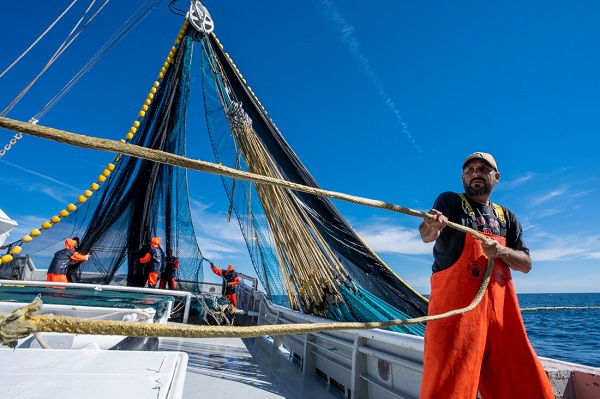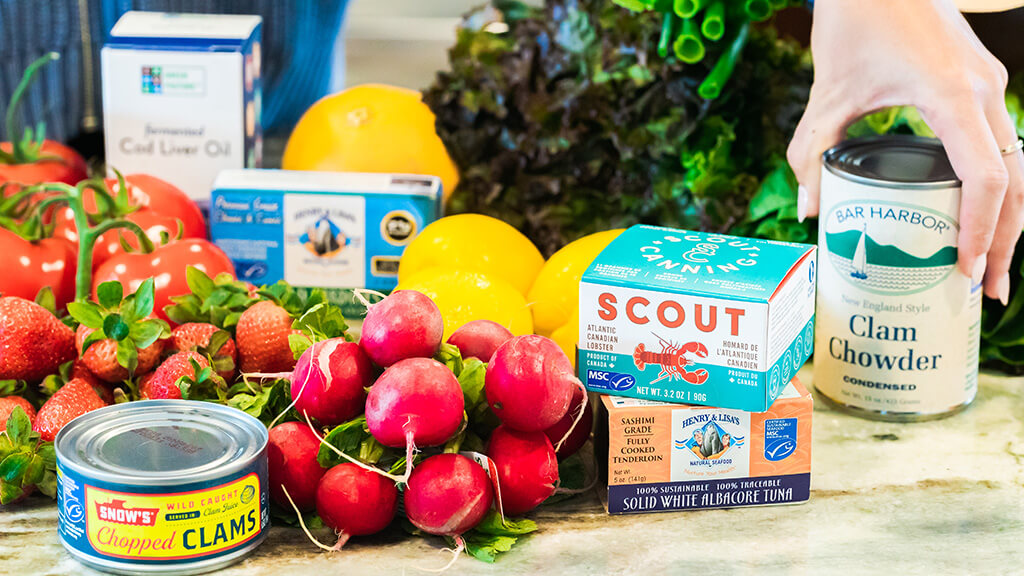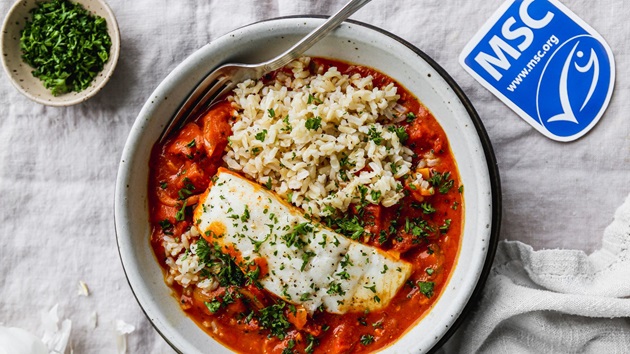The ocean is the world’s largest natural resource, covering over 70% of our earth’s surface and providing seafood to over 3 billion people.
Keep reading to learn more about the importance and impact of seafood globally:

1. The first-ever fish dinner took place nearly 2 million years ago
The earliest signs of early humans eating fish and other aquatic animals dates back to 1.95 million years ago, when researchers uncovered hundreds of bones and stone tools on the now-dry shoreline of an ancient lake or river in Kenya.
2. Fish is the most globally traded food – more than sugar or coffee
Seafood is the most highly traded commodity in the global food system, with trade doubling in both quantity and value between 1998 and 2018.
The annual value of the international trade of seafood is US$151 billion – worth more than five times the trade value of coffee and around US$30 billion more than sugar. This makes seafood essential to many national economies.
3. The ocean creates millions of jobs around the world
Ten percent of the world’s population depends on the ocean for an accessible source of protein and employment, and 600 million people’s livelihoods depend on seafood.
Fishing is also engrained in the culture of many coastal communities.

4. The number of people eating seafood is increasing
Global demand for seafood expected to double by 2050. Since seafood is a healthy, planet-friendly option (see below!), this is good news—as long as the increase in demand is met with certified sustainably caught or responsibly farmed seafood.
There’s even more good news…
5. By fishing sustainably, we can actually catch more
The MSC is on a mission to end overfishing, and with good reason:
Ending overfishing could result in an increase of global annual seafood production by 16 million tonnes– enough to meet the protein needs of an additional 72 million people per year.
6. Wild-caught seafood is a more planet-friendly protein
Planet-friendly describes a product that is not environmentally harmful. When it comes to protein, planet-friendly options are ones that are healthy for you with low environmental impact.
Fishing has a lower environmental impact than land-based animal farming because it uses very little land or fresh water and doesn’t require feed or fertilizers.
7. Replacing meat with fish may help reduce your carbon footprint
Eating wild caught seafood results in less than one tenth the amount of carbon dioxide associated with red meat. It also has a lower carbon footprint than cheese or chicken.
Certain seafoods, including small fish such as herring and mackerel have lower carbon emissions than rice and corn, while also being some of the most nutritious fish to eat.

8. Nutrients from seafood are readily absorbed by the human body
Seafood is full of important nutrients, such as zinc, iron, vitamins A and B12 as well as omega-3 fatty acids all essential for human health. Oily fish such as salmon and herring contain pound for pound more essential nutrients than nuts, grains, meat, leafy greens, or seeds.
Research shows that these nutrients are better absorbed by the body when they come from seafood instead of from vegetables or supplements.
9. You could eat a different type of seafood every day for 6 years
There are over 2,200 species of wild caught seafood and 600 farmed species, many of us stick to the same seafood options time after time. In North America, there are over 1,700 MSC certified seafood products to choose from, so there are plenty of sustainable options to keep your palate satisfied!
Looking for cooking inspiration?
10. You play a vital role in keeping our ocean healthy
When consumers like you demand sustainable options, more brands, retailers, and fisheries make deeper sustainability commitments, and more fisheries adopt sustainable fishing practices. By choosing MSC certified sustainable seafood products, you support these companies and fishers dedicated to protecting our ocean.
This means we can continue to enjoy—and protect—seafood for generations to come.

WHAT IS THE MSC? WHAT IS SUSTAINABLE FISHING? WHAT IS THE BLUE FISH LABEL? |

